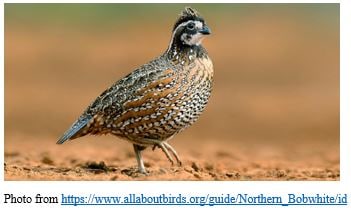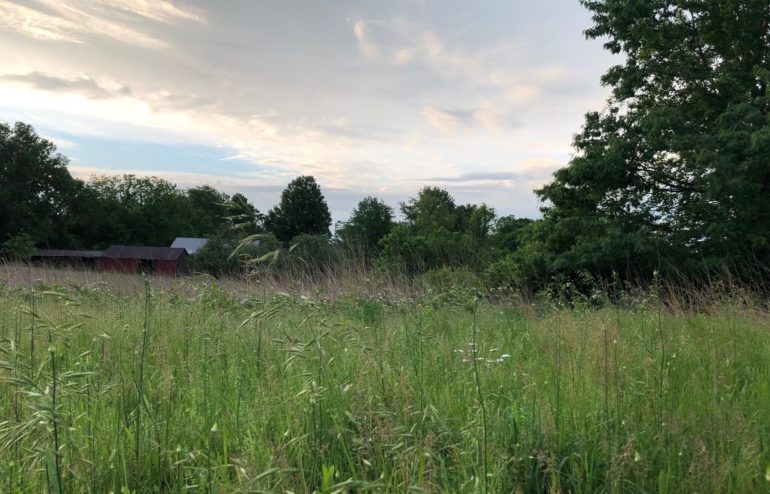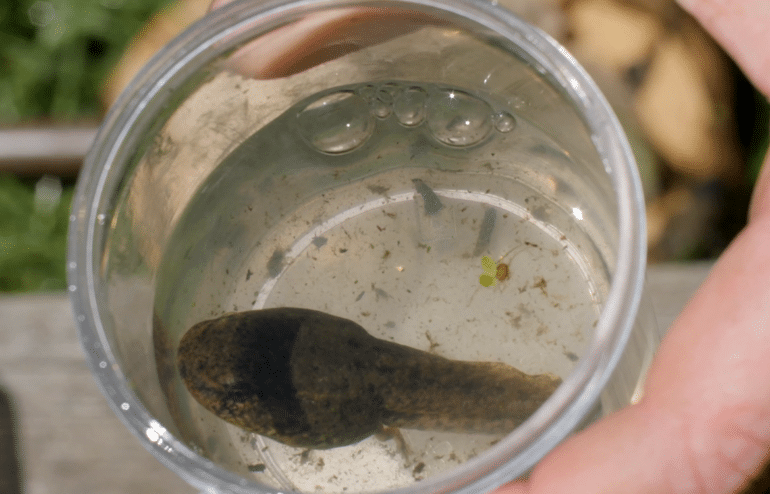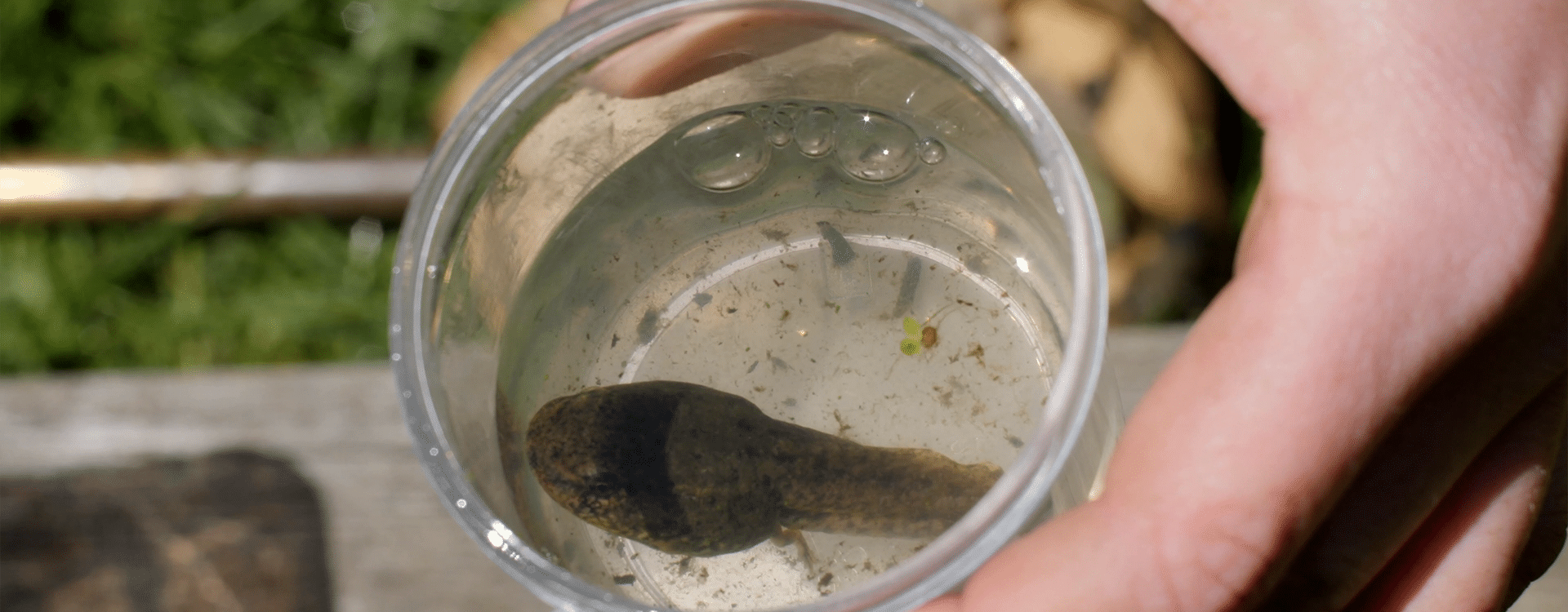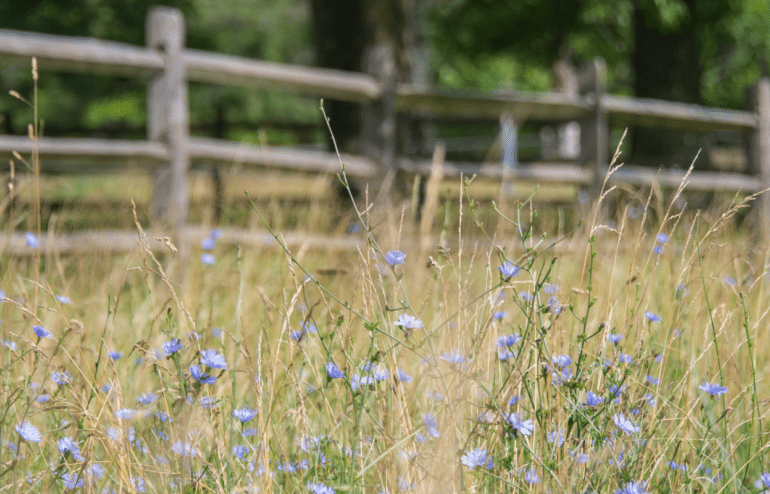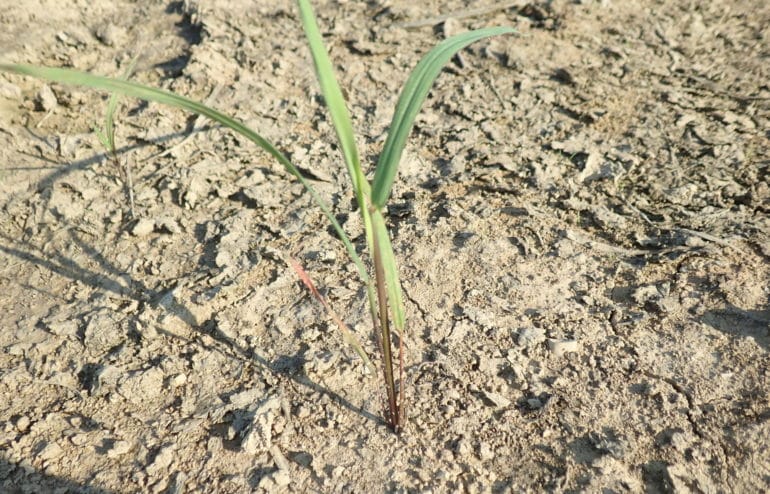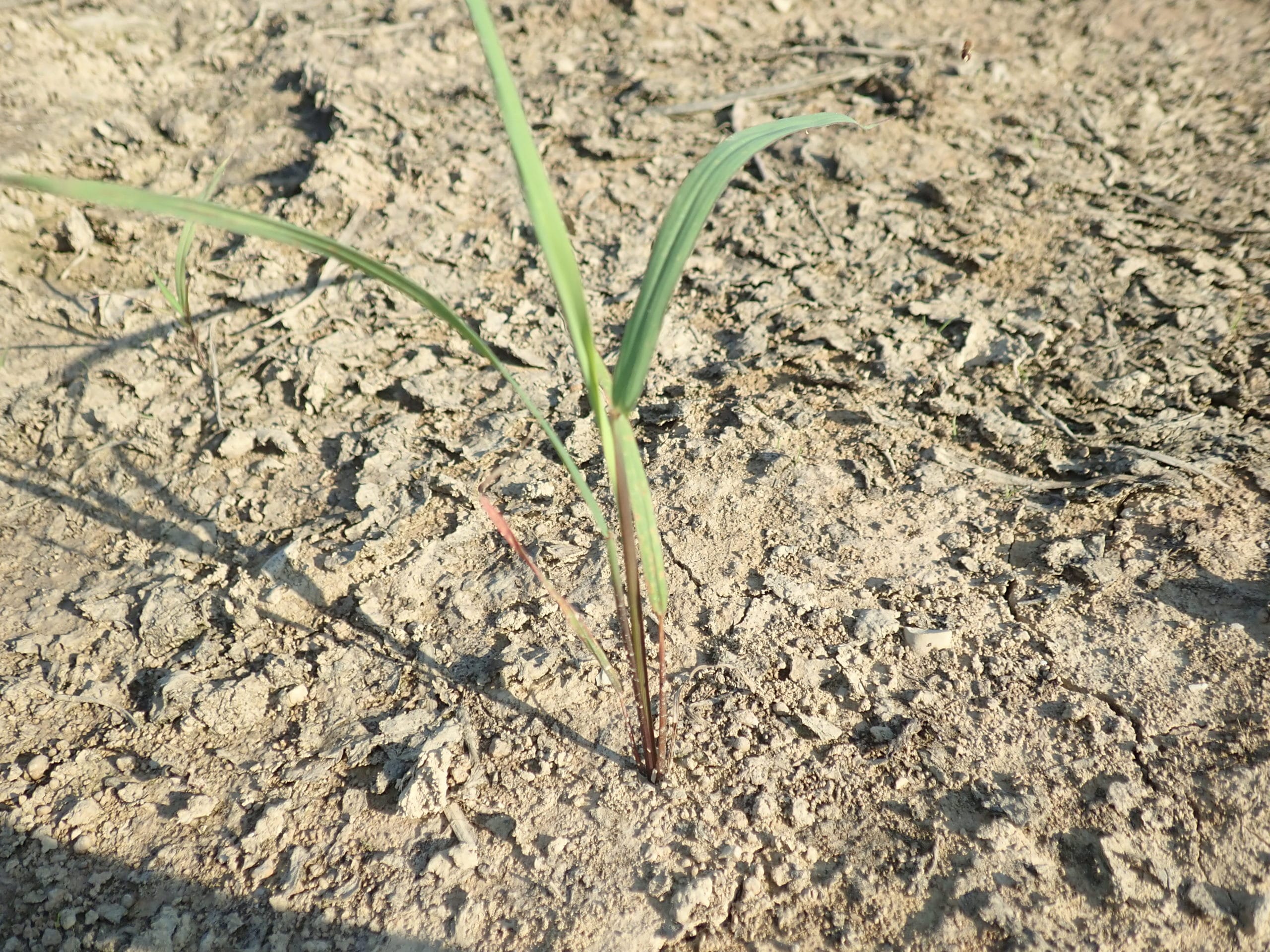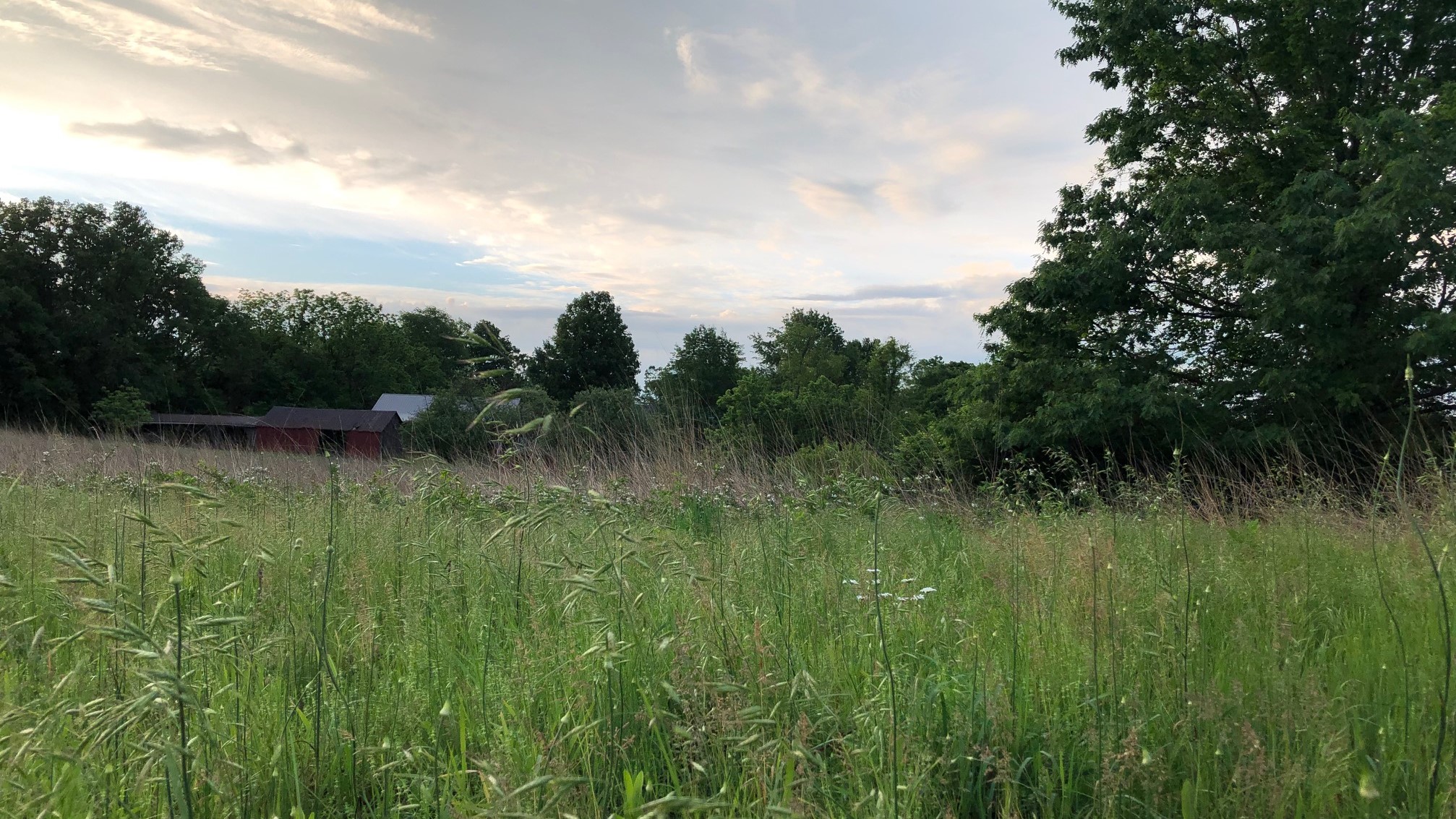
Bobwhite Mornings
I began working as an intern for the research team here at Greenacres a few weeks ago and one of the first projects that the team introduced me to was the Bobwhite Quail project. This project is unique and important because Bobwhite quail populations have been in decline across Ohio and in their other native locations over the last several decades due to habitat loss and degradation. Bobwhites are a significant species for several reasons, serving as prey for terrestrial predators as well as birds of prey. Bobwhites also influence the plant communities in which they live due to their diet which consists heavily of seeds and foliage. They are an edge species which means that they seek brushy habitats where woodlands connect with pastures, row crops, and fields. Both the Lewis Township and Northern Kentucky properties are potential habitats for Bobwhites. In particular, the NKY property contains native warm season grasses (NWSG) which can provide the Bobwhites with both tall and short grasses and corridors to move throughout and nest within.
These are early mornings! When we monitor for Bobwhites, we meet at around 6:00 am and listen for their calls until around 7:30 am. It is special to spend the first hour and a half of your day sitting in nature and listening to the many birds, insects, and even deer that populate Lewis Township and Northern Kentucky while simultaneously taking part in the meaningful Bobwhite Quail project. As of this past week we have reached the end of the season where we can listen for Bobwhite calls and unfortunately we do not have any success to report, but we are certainly hopeful for the future. Below is a link to a YouTube video where you can listen to a Bobwhite Quail call as well as a picture of a male Bobwhite Quail for reference.
Hear one for yourself! (https://www.youtube.com/watch?v=nEKIAteCDYU)
–Rob
